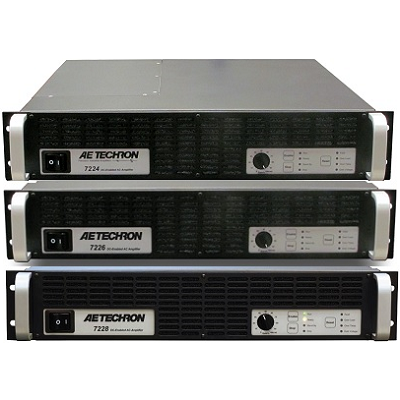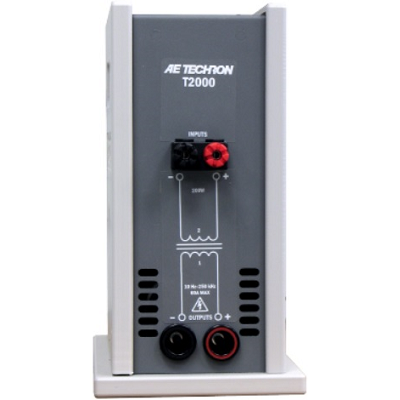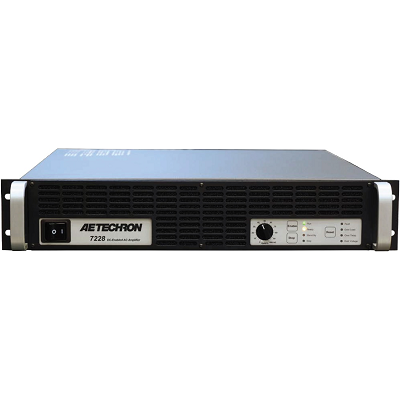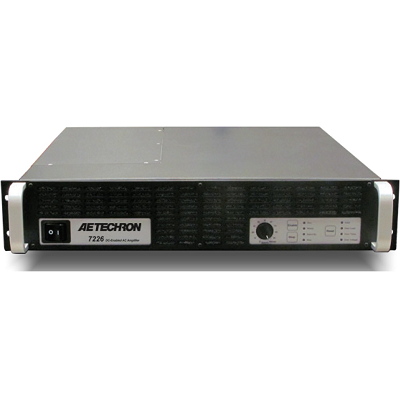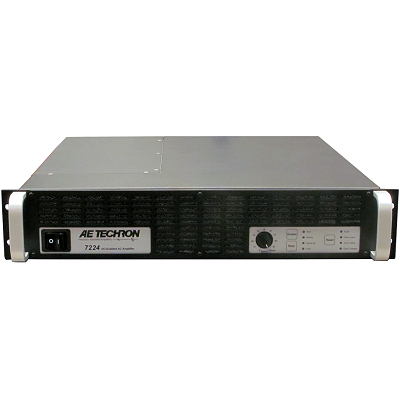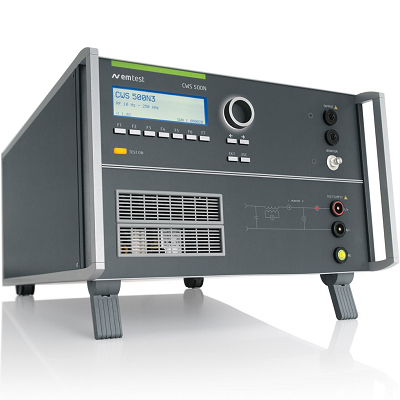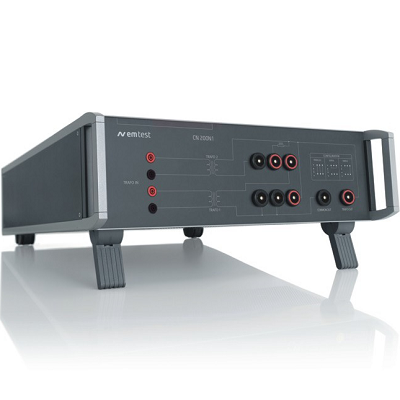MIL-STD 461 CS101
DEPARTMENT OF DEFENSE INTERFACE STANDARD MIL-STD 461 CS101 - Conducted Susceptibility, Power Leads This test procedure is used to verify the ability of the EUT to withstand signals coupled onto input power leads. There are two methods provided for making measurements of the applied signal. The first uses an oscilloscope with a power input isolation transformer. The second uses a measurement receiver together with a transducer. The transducer electrically isolates the receiver from the EUT power and reduces the levels to protect the receiver. Applicability This requirement is applicable from 30 Hz to 150 kHz for equipment and subsystem AC, limited to current draws ≤ 30 amperes per phase, and DC input power leads, not including returns. This is also applicable to systems that draw more than 30 amps if the system has an operating frequency 150 kHz or less and an operating sensitivity of 1 μV or better (such as 0.5 μV). If the EUT is DC operated, this requirement is applicable over the frequency range of 30 Hz to 150 kHz. If the EUT is AC operated, this requirement is applicable starting from the second harmonic of the EUT power frequency and extending to 150 kHz. Limit The EUT shall not exhibit any malfunction, degradation of performance, or deviation from specified indications, beyond the tolerances indicated in the individual equipment or subsystem specification, when subjected to a test signal with voltage levels as specified on Figure CS101-1. The requirement is also met when the power source is adjusted to dissipate the power level shown on Figure CS101-2 in a 0.5 ohm load and the EUT is not susceptible. Test EquipmentPreview Standard
- Signal generator
- Power amplifier
- Oscilloscope or measurement receiver
- Coupling transformer
- Capacitor, 10 μF
- Isolation transformer for oscilloscope use or transducer for measurement receiver use
- Resistor, 0.5 ohm
- LISNs


